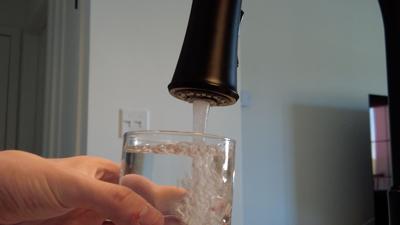SALISBURY, Md. - For the first time, the Environmental Protection Agency (EPA) has set federal standards for the allowable amount of "forever chemicals," or PFAS (per- and polyfluoroalkyl substances), in drinking water. These substances are commonly found in various products, including fire extinguishing foam, food packaging plastics, and dental floss.
Matt Pluta, the Choptank Riverkeeper, views these new regulations as a positive initial step but believes more stringent limits are necessary. "We're encouraged by the step moving in that direction. We do think that these limits could be tighter and that there's room there to make sure that nobody's being exposed to these chemicals that cause cancer and other illnesses," said Pluta.
Salisbury's water quality reports illustrate the challenges and progress in tackling PFAS contamination. The city's 2021 report showed PFAS levels at approximately 14 parts per trillion, but by 2022, the levels had reduced to between 1 and 8 parts per trillion. The newly released EPA regulations stipulate that acceptable levels must be 4 parts per trillion or less.
Salisbury Mayor Randy Taylor highlighted the city's proactive efforts to meet these standards. "We were prepared for these to drop anytime, and in fact we bonded this year for 12 million dollars for an upgrade in our plant. We're going to upgrade our filtering system," he stated.
Councilwoman April Jackson expressed concerns about the potential harm PFAS can pose to people. "PFAS is very harmful to animals, citizens, and our residents of our city and county so we just want to keep it under and know where we're at and what we can do," she remarked.
The EPA regulations, which are slated to take effect in 2029, apply specifically to public water systems. These systems will be required to reduce PFAS levels if they exceed the set threshold and must inform the public of any violations. Pluta also stressed the importance of water testing for private wells to ensure safety from PFAS contamination.




